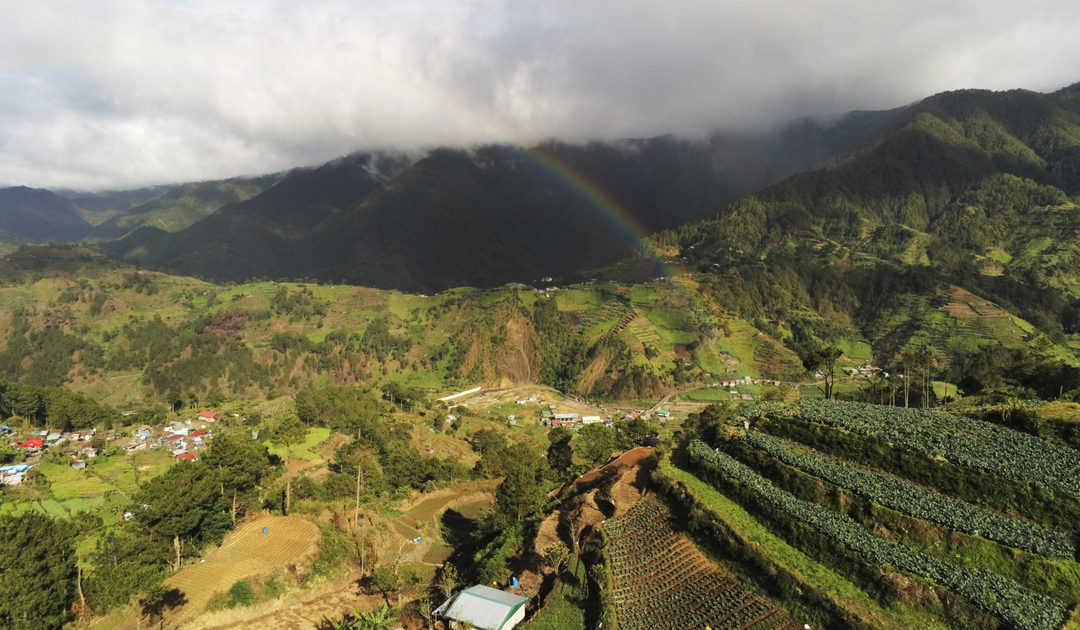Monitoring safeguards at the community-level: are we delivering good or bad change?
- From
-
Published on
02.06.20
- Impact Area

Imagine this scenario: an indigenous people’s organization (IPO) in the Philippines withdrawing its participation in an environmental project. The organization decides to never receive, in whichever form, any assistance from any development organization because members believe that their traditional cultivation practices will be interrupted and even overridden by new technologies introduced by outsiders.
This hypothetical situation represents a failure of a development project. If someone who is intended to be a beneficiary of a project sees it as a threat rather than an aid it indicates that something is wrong. Such instances can be avoided through safeguard policies.
Related news
-

From Dirt to Decision-Making: Governance and Soil Health Must Go Hand in Hand
Multifunctional Landscapes Science Program26.11.25-
Biodiversity
-
Environmental health
-
Environmental health & biodiversity
In October, the world convened in Des Moines for the 2025 Borlaug Dialogue under the…
Read more -
-

ICRISAT’s Solar-Powered Water Hyacinth Harvester Recognized Among India’s Top 100 Innovations of 2025
International Crops Research Institute for the Semi-Arid Tropics (ICRISAT)18.11.25-
Environmental health
-
Poverty reduction, livelihoods & jobs
ICRISAT's Novel Solar-Powered Water Hyacinth Harvester has now earned a place in the prestigious To…
Read more -
-

CGIAR Multifunctional Landscapes at COP30: Advancing Adaptation and Nature-Based Solutions
Multifunctional Landscapes Science Program10.11.25-
Adaptation
-
Biodiversity
-
Environmental health
-
Environmental health & biodiversity
-
Mitigation
COP30 in Belém, Brazil is being heralded as a pivotal “COP of adaptation” and a…
Read more -
